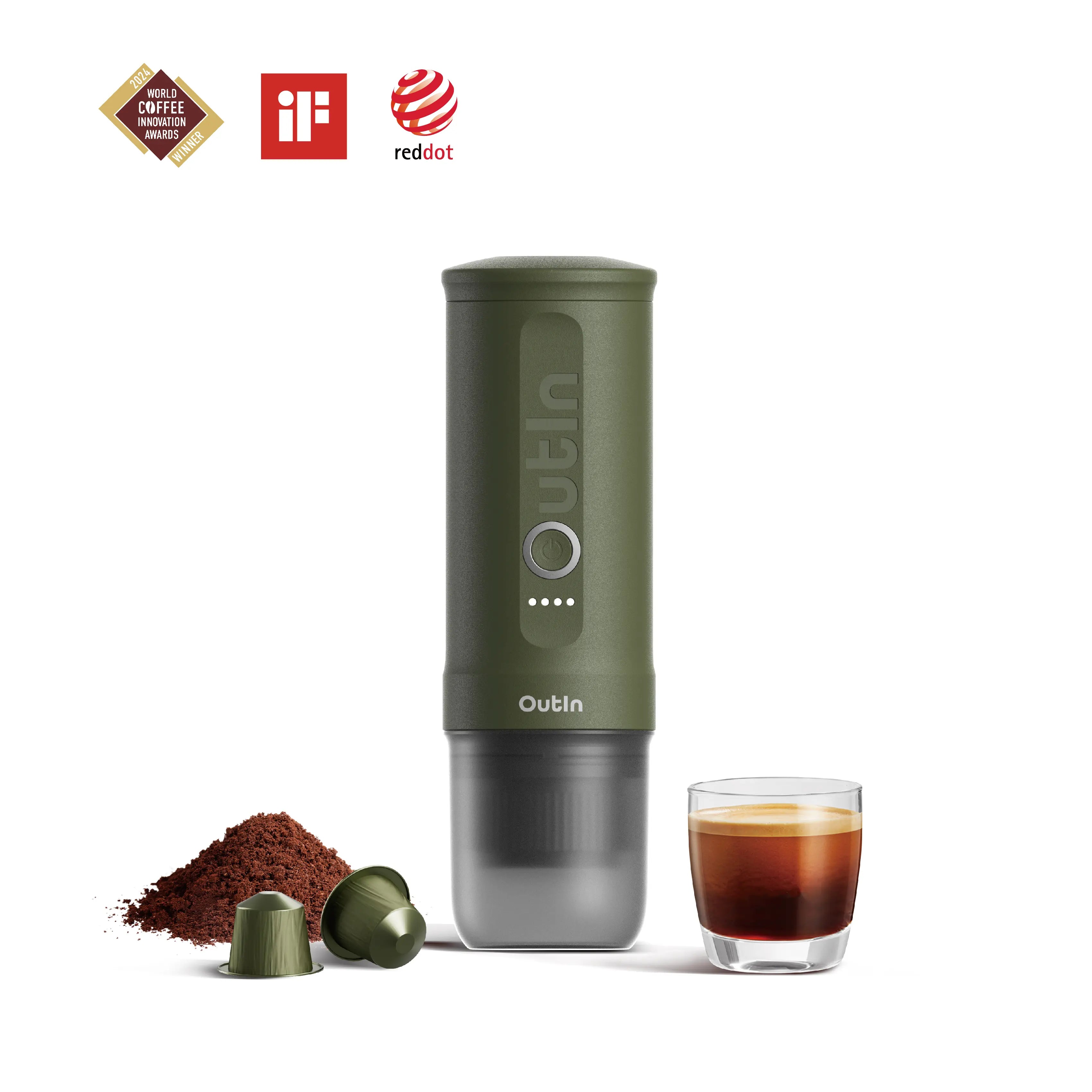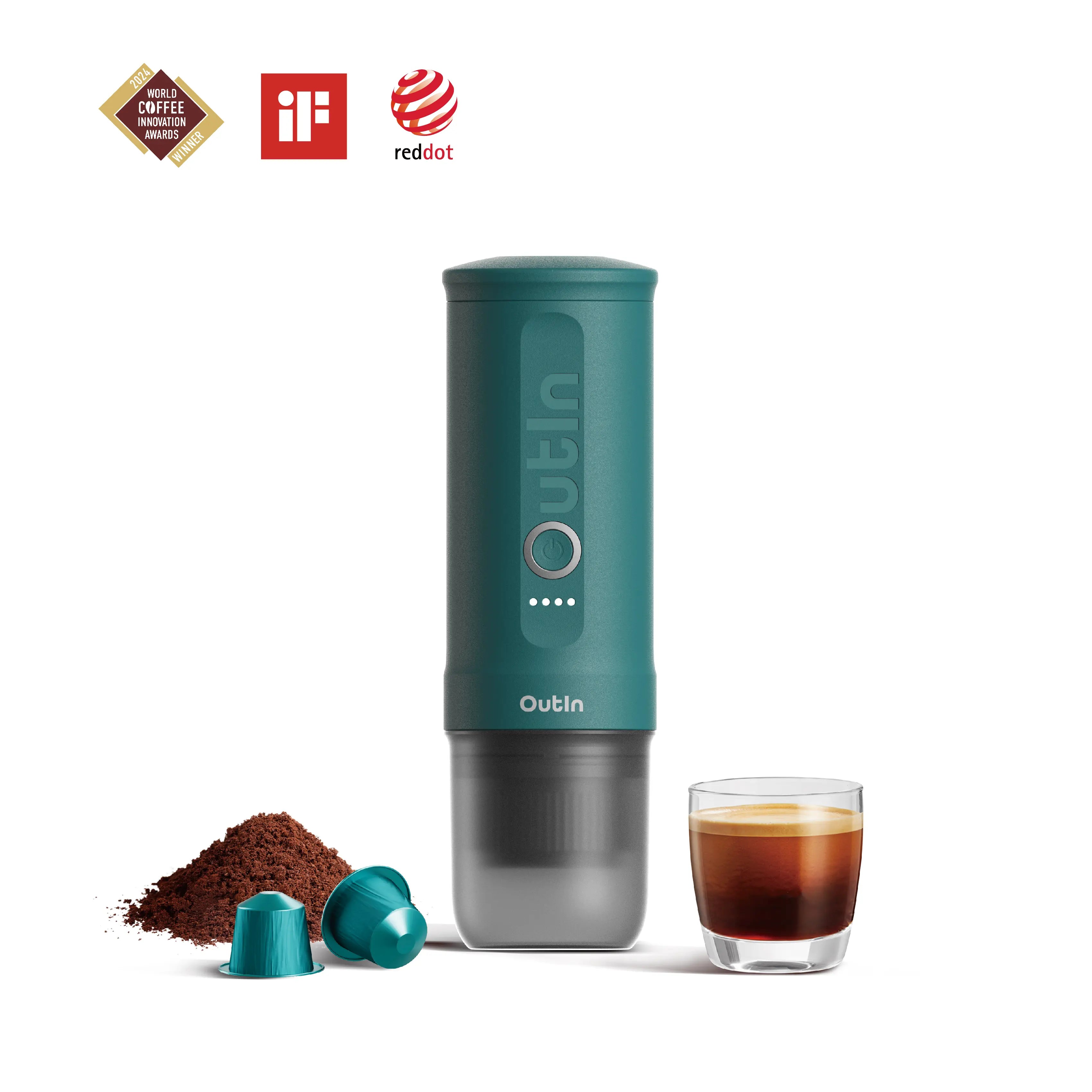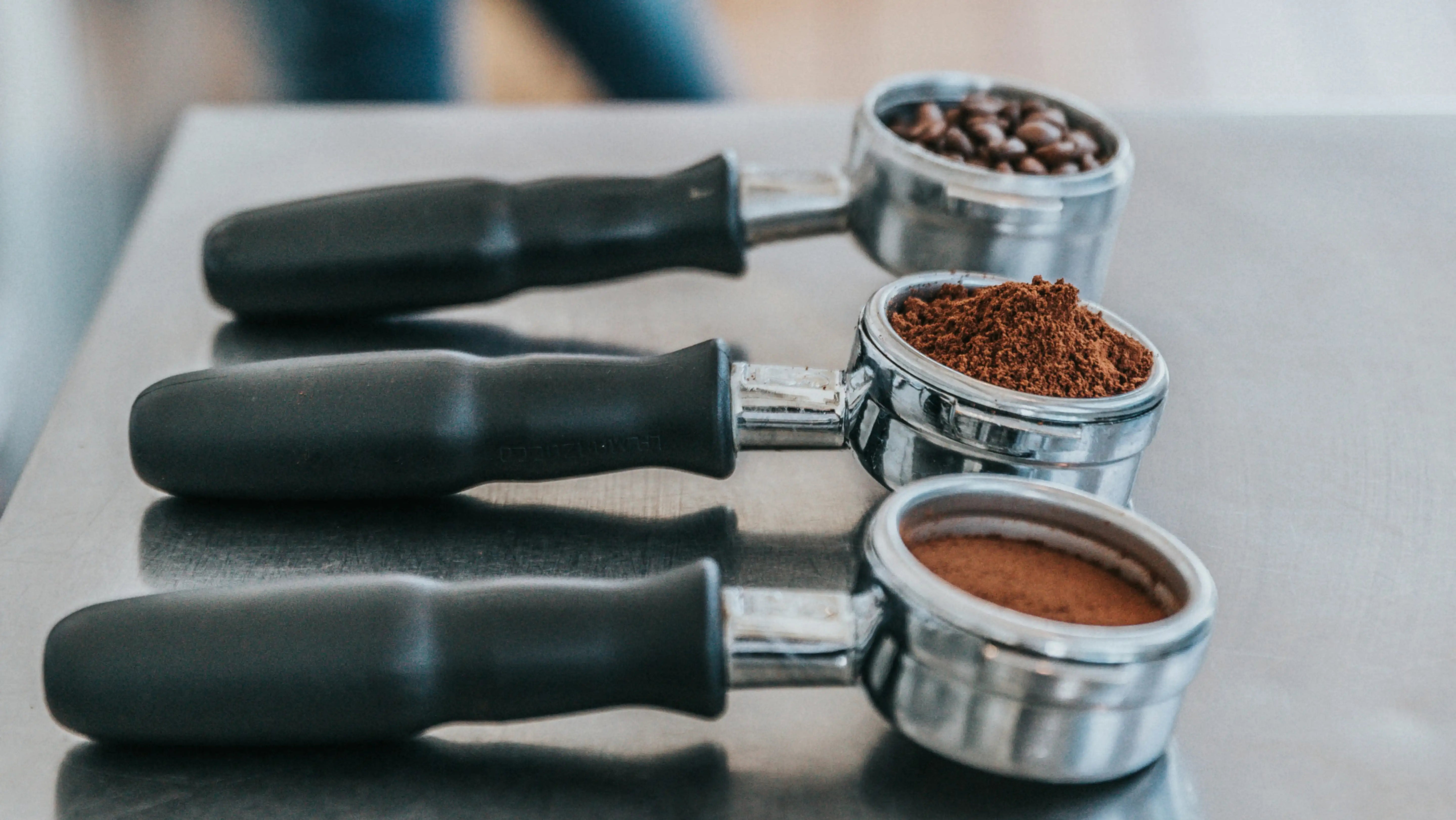Is there a way to prime your espresso machine? If not, you may be inadvertently compromising the quality of your coffee. Priming is an essential step that makes a big difference in your brew, not simply fancy speak for coffee.
To get the most out of your machine, this procedure is crucial for novices as well as seasoned home baristas. Let's examine the importance of priming and the consequences of skipping it before your next injection. It affects both the flavor of your espresso and the longevity of your equipment.

The Role of Priming in Espresso Preparation
Priming is a key step in making espresso. It affects how well your machine works and how good your coffee tastes.
How Priming Affects Brewing
Priming means running water through your espresso machine before making coffee. This step heats up all parts of the machine. When everything is warm, water flows better through the coffee grounds. This leads to better-tasting espresso.
Priming also gets rid of air bubbles in the machine. These bubbles can cause problems if left inside. They can make water flow unevenly, which affects how the coffee tastes.
Temperature and Pressure
Priming helps control two important things: water temperature and pressure.
When you prime, hot water moves through the machine. This warms up all the parts to the right temperature for making coffee. If some parts are too cold, the coffee might not taste as good.
Priming also helps the machine build up the right amount of pressure. Good espresso needs high pressure - usually about 9 bars. Priming makes sure the machine can reach and keep this pressure when making coffee.

Short-term Consequences of Not Priming Your Espresso Machine
Not priming your espresso machine can lead to several immediate problems. These issues affect both the taste of your coffee and how well your machine works.
1. Temperature Instability
When you don't prime, the machine's parts may not be at the right temperature. This can cause the water to be too cold or too hot when it touches the coffee grounds. Cold water leads to weak, sour coffee. Hot water can make the coffee taste bitter.
2. Poor Crema Production
A good espresso has a golden foam on top called crema. You might not obtain much crema or it might vanish soon without priming. This occurs as a result of improper pressure and temperature for generating the oils and gasses that form crema.
Nano Portable Espresso Machine (Forest Green)
3. Incomplete or Slow Extraction
In the event that the machine isn't primed, the coffee's water flow may be uneven. This may indicate that your espresso doesn't brew fully or that it brews too slowly. Frequently, the outcome is a weak or peculiar-tasting coffee.
4. Water Channeling
When water finds a way through the coffee grinds, channeling occurs. As a result, some of the coffee remains unaltered. The result is an uneven espresso made from a blend of over- and under-extracted tastes.
5. Uneven Extraction
Certain parts of the coffee puck may absorb more water than others if the priming isn't done correctly. Your cup will taste uneven as a result. It's not pleasant to taste bitter and sour flavors in the same espresso.

Long-term Effects of Skipping Priming on Your Espresso Machine
The taste of your coffee will suffer in the short term from not priming, but your machine may suffer more severe long-term damage. Not only is regular priming important for delicious coffee, but it also safeguards your investment.
1. Scale Build-up and Mineral Deposits
Minerals from water can accumulate in your machine more quickly if you neglect to prime it. This accumulation, known as scale, can impair heating performance, clog valves and pipes, and decrease water flow. Scale can cause major internal machine damage over time.
2. Increased Wear on Machine Components
Espresso machine parts are subjected to additional stress when priming is neglected. In a chilly system, the pump needs to work harder to push water through, which might reduce the pump's lifespan. When brewing without priming, abrupt temperature swings might put stress on the heating element and perhaps lead to an earlier burnout.
3. Risk of Malfunction and Repair Costs
Failure to prime can result in a number of issues, including irregular pressure, erratic temperature regulation, and unplanned shutdowns. These problems frequently need for expensive professional correction. In extreme circumstances, you might have to replace the machine as a whole or key parts.
Troubleshooting Common Issues Related to Non-Priming
There are a number of issues that might arise from neglecting to prime your espresso machine. By identifying these problems and understanding how to fix them, you can save your coffee and keep your machine safe.
Symptoms of an Unprimed Machine
- Slow or No Water Flow: If water trickles out slowly or doesn't come out at all, your machine might not be primed. This can happen because air bubbles are blocking the water's path.
- Inconsistent Espresso Quality: Uneven extraction often results in espresso that's both bitter and sour. This strange taste is a clear sign that your machine needs priming.
- Weak or No Crema: A lack of the signature golden foam on top of your espresso often indicates temperature or pressure issues from an unprimed machine.
- Unusual Noises: Gurgling or sputtering sounds during brewing can signal air in the system, a common problem in unprimed machines.
Steps to Take if You've Forgotten to Prime
If you realize you've forgotten to prime, don't worry. Here's what you can do:
- Stop the Brewing Process: If you're in the middle of making coffee, stop immediately to prevent damage to your machine or wasting coffee.
- Run a Water-Only Cycle: Without coffee in the portafilter, run a brewing cycle with just water. This helps heat up the machine and flush out any air.
- Check Water Temperature: After the water-only cycle, check if the water coming out is hot. If not, wait a few minutes and try again.
- Prime Properly: Once the machine is warmed up, perform a full priming cycle as you normally would before making coffee.
- Make a Test Shot: Brew a small amount of espresso to check if the machine is working correctly. Look for proper flow and crema formation.
These actions can frequently resolve problems brought on by failing to prime. Maintaining your machine and getting consistently good espresso depend on regular priming.

Best Practices for Machine Maintenance and Priming
Taking good care of your espresso machine will prolong its life and guarantee delicious coffee. The following are recommended procedures for upkeep and priming.
Nano Portable Espresso Machine (OutIn Teal)
Routine Priming as Preventive Care
- Daily Priming: Prime your machine every morning before the first use. This warms up all components and prepares them for brewing.
- Between Shots: If your machine has been idle for more than 15 minutes, run a quick priming cycle before making the next espresso.
- After Steaming Milk: Always prime after using the steam wand. This refills the boiler and prevents overheating.
- Consistent Water Quality: Use filtered water for priming to reduce mineral buildup in your machine.
Additional Maintenance Tips to Prolong Machine Life
- Regular Cleaning: Clean the portafilter, group head, and steam wand daily. This prevents coffee oils and milk residue from affecting taste and machine performance.
- Descaling: Perform a descaling treatment every 1-3 months, depending on your water hardness and machine usage. This removes mineral deposits that can clog your machine.
- Backflushing: For machines with a 3-way solenoid valve, backflush weekly with a proper cleaning solution to keep internal parts clean.
- Gasket Replacement: Check and replace the group head gasket annually or when you notice leaks.
- Professional Service: Schedule annual check-ups with a professional technician to catch and prevent potential issues.
- Water Filter Maintenance: If your machine has a built-in water filter, replace it according to the manufacturer's recommendations.
Years of delicious coffee will be your espresso machine's reward for your hard work. In addition to making superior espresso, a well-maintained machine also costs less to fix over time.
Make Priming Your Coffee Habit!
A long-lasting machine and excellent coffee depend on properly priming your espresso maker. In addition to protecting your machine from damage over time, this simple action eliminates poor crema and terrible flavor in the immediate term. Include priming in your regular coffee routine.
Get professional assistance as necessary, and clean and maintain your machine on a regular basis. Your machine can produce wonderful espresso for years if you take proper care of it. For a perceptible improvement in your coffee, start priming before your next shot and don't wait.






Leave a comment
This site is protected by hCaptcha and the hCaptcha Privacy Policy and Terms of Service apply.